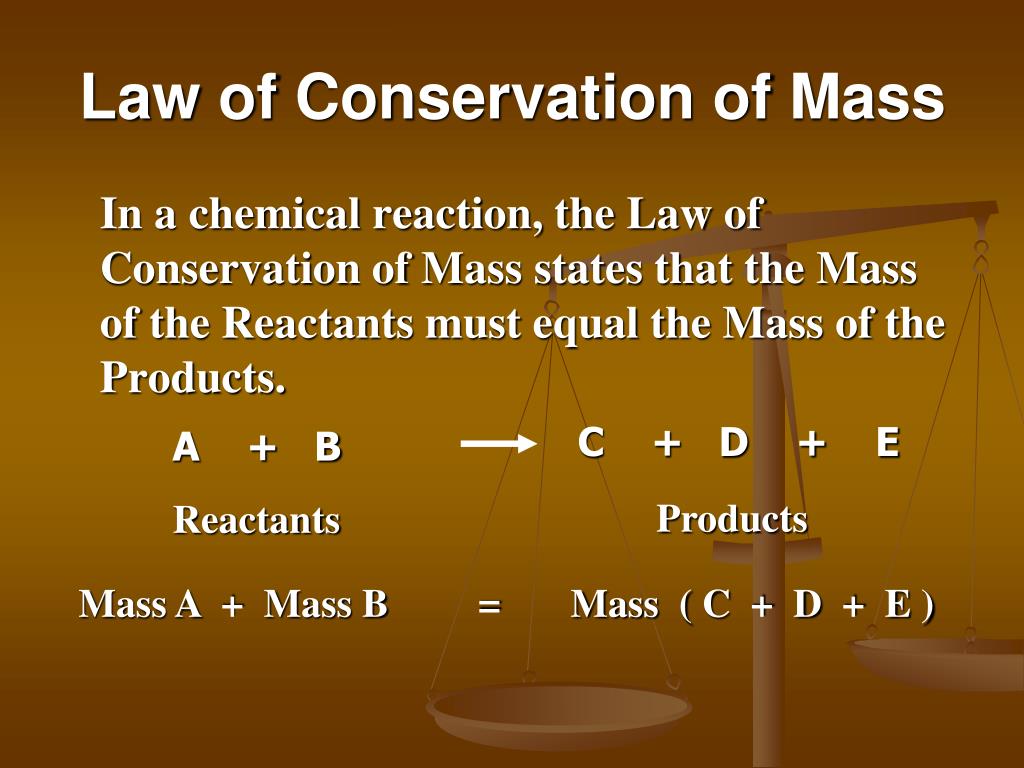


There will not be any difference in the mass of the piece of wood before and after the reaction if we weigh it before burning it and after ashes, water vapors, and CO2 are heated. Wood is broken down into ashes, water vapour, and carbon dioxide when it is burned.

The law can be explained through various chemical reactions and even the combustion process.The law of conservation of mass requires that the reactant and product masses line up for a low-energy thermodynamic process.This law states that matter cannot be generated or destroyed. Subsequently, the amount of mass is 'conserved' over time. According to the equation, the mass of the products of a chemical reaction equals the mass of the reactants. The law of conservation of mass or principle of mass conservation expresses that for any system close to all transfers of matter and energy, the mass of the system should stay consistent over time, as system mass cant change the amount if it is not added or removed.The mass of reactants and products of any chemical reaction must stay the. Mass in an isolated system can be transformed from one form to another but cannot be created or destroyed, states the law of conservation of mass. The Law of Conservation of Mass states that mass cannot be created or destroyed.What is a Molecule? And Molecules of Elements The mass of substances in a closed or isolated system will remain constant, no matter what processes are acting inside the system.


 0 kommentar(er)
0 kommentar(er)
